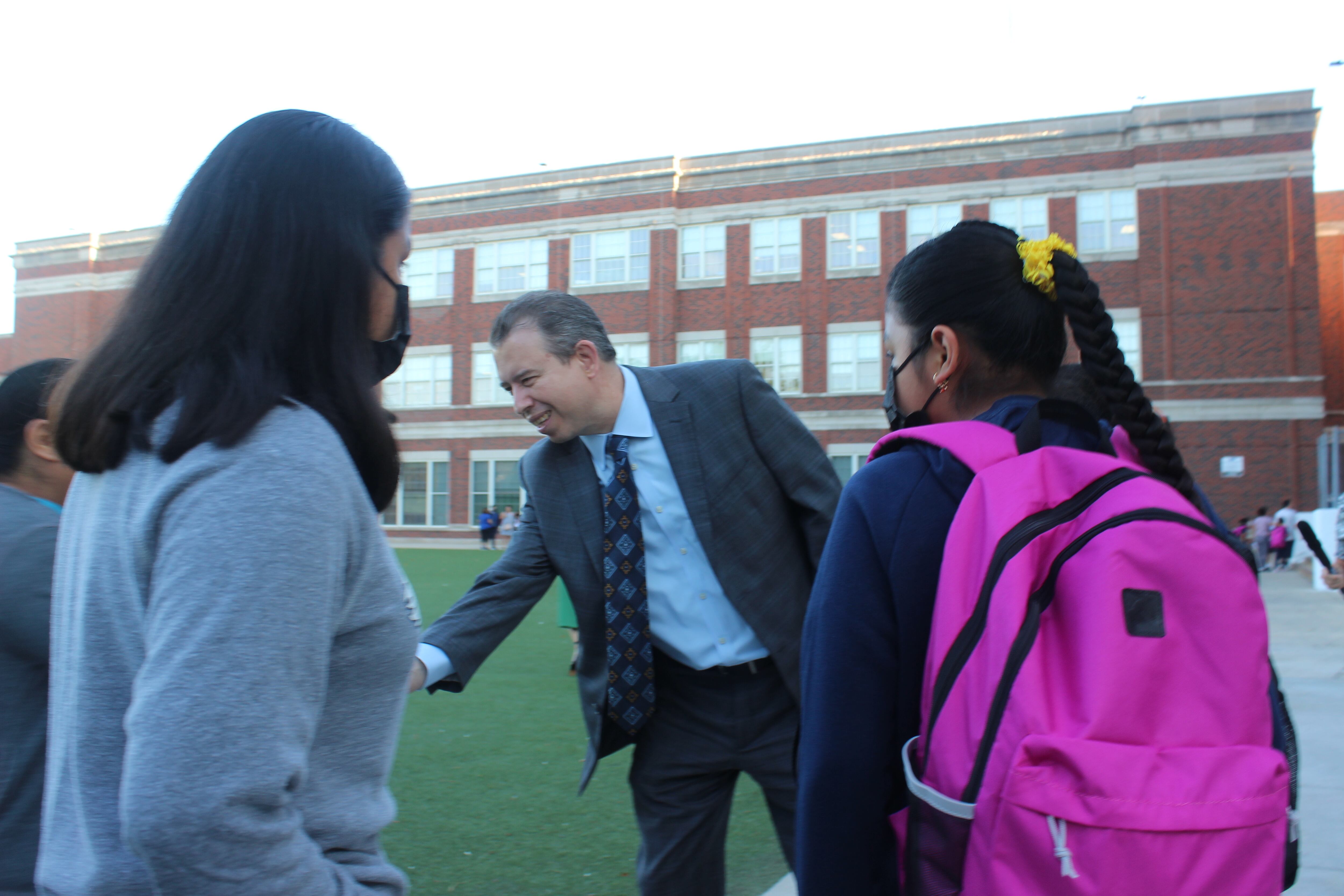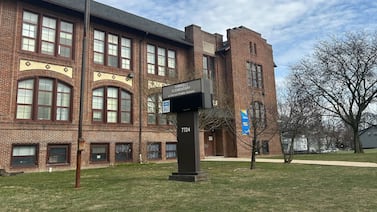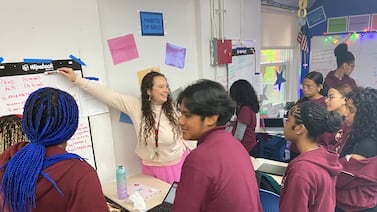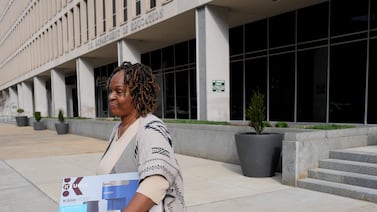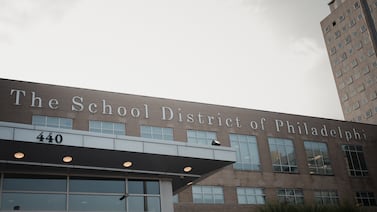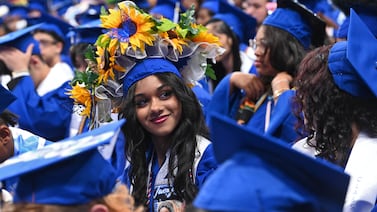Chicago schools chief Pedro Martinez says a new three-year “blueprint” will help the district emerge stronger from the pandemic’s disruption.
Martinez offered a high-level overview of his plan at the school board’s monthly meeting Wednesday. The plan promises to improve services for students with disabilities, strengthen career and technical education, make grading and school admissions fairer, and expand after-school and summer programs, among 10 academic initiatives the district will tackle in the coming years.
The first order of business, though: a push to revitalize the district’s neighborhood schools, with more details on the blueprint’s inaugural initiative coming next month.
“The only reason I came to CPS is to reimagine our neighborhood schools,” said Martinez, who voiced particular concern about the district’s shrinking high schools.
The blueprint is Martinez’s bid to put his own stamp on the direction of the district as he enters his second year at its helm. He has said that in Chicago the pandemic dealt a setback for a district showing promising growth in graduation rates and test scores, widening racial and income gaps in academic outcomes.
Fewer Chicago Public Schools students, across all racial groups, met state standards last year, according to 2020-21 data presented by district officials Wednesday. Gaping disparities between racial groups continue to persist. For example, less than 6% of Black students met state math standards, while 53% of Asian American students did.
The gaps widened at the high school level, with a quarter of Black students meeting reading and writing benchmarks on the SAT, compared to 77% of white students — a disparity that increased by more than 10 percentage points compared to the cusp of the pandemic.
Experts have cautioned that comparing pandemic-era and pre-pandemic scores is tricky because of significant disruption to test-taking during the outbreak and demographic changes in which students took the test. But Chicago officials said the data does offer insights into the pandemic’s damage — and fills them with a sense of urgency.
“Clearly we see that what worked in the past may no longer be sufficient,” said Bodgana Chkoumbova, the district’s academics chief.
Although the district was able to stem the fallout this past school year, Martinez said, academic and mental health challenges remain.
“This blueprint really is a response to that,” he said. “We now have an opportunity for innovation, for refocusing, for reimagining.”
Along with the blueprint’s “reimagining” initiatives, the district is vowing to streamline its operations — ensuring cleaning schools and feeding and transporting students run more smoothly — and to rebuild trust with families. Officials said families and school communities will drive the fleshing-out and rollout of the plan.
“We recognize that some of the decisions of the past have left some communities feeling a breakdown of trust with the district,” said Fatima Cooke, the district’s deputy chief of schools.
Martinez has framed that pandemic disruption as an opportunity to reimagine learning and to address longstanding inequities that the COVID outbreak highlighted.
Amid a youth mental health crisis the pandemic deepened, for instance, schools can take on a larger role in providing social-emotional and trauma support to students. After the pandemic accelerated enrollment declines, districts can explore innovative models for shrinking neighborhood schools instead of letting them limp along or closing them. Some small high schools, for example, could become career academies focused on specific high-demand industries, from aviation to cybersecurity to construction, Martinez has said.
The blueprint builds upon the five-year vision for the district that Martinez’ predecessor, Janice Jackson, had unveiled on the eve of the pandemic, but adjusts for the fallout from the past three years.
Martinez, the former superintendent of San Antonio Independent School District, took over Chicago’s public schools in late September last year, amid a challenging return to full-time in-person instruction and the delta variant surge. He is a district graduate who served as its finance chief during former mayor Richard M. Daley’s administration. He has said pandemic recovery proved elusive last year as schools grappled with staffing shortages, a rise in disruptive student behaviors, and other issues — but the current school year offers a much more promising outlook.
As part of his three-year plan, Martinez also said the district will double down on early literacy, and expand world and dual language programs, with a goal of ensuring every student in the district becomes bilingual. The plan also covers efforts to rethink school accountability and build a more equitable school admissions process, which predate Martinez’s arrival in the district.
Martinez once again said that more robust career preparation, ideally beginning in the middle grades and including meaningful hands-on opportunities such as internships, is “the future of education.”
A recent Chalkbeat Chicago series on career and technical education showed that data on how the roughly 15,000 students participating in these programs do is limited and often unreliable. Still, it suggests a relatively small portion take part in key opportunities — from work-based learning to industry certification to college credit courses — that are considered the gold standard for today’s career training programs. Those opportunities are uneven among different campuses and parts of the city, and are especially limited for the city’s alternative high school students.
Chicago and many other large urban districts are raising the profile of their high school CTE programs amid a growing reckoning that the “College for All” push of the past decade has left many students behind.
School board members offered positive feedback on the plan, particularly what they described as a genuine effort to bring in family and employee input, including at back-to-school gatherings earlier this month. Some pushed for details on initiatives under the plan, but district leaders said they have more public engagement to do before spelling out specific solutions.
“Even when we have the right solutions,” Martinez said, “the way we implement them and the way we work with communities has to be different from what we have done in the past.”
Mila Koumpilova is Chalkbeat Chicago’s senior reporter covering Chicago Public Schools. Contact Mila at mkoumpilova@chalkbeat.org.

